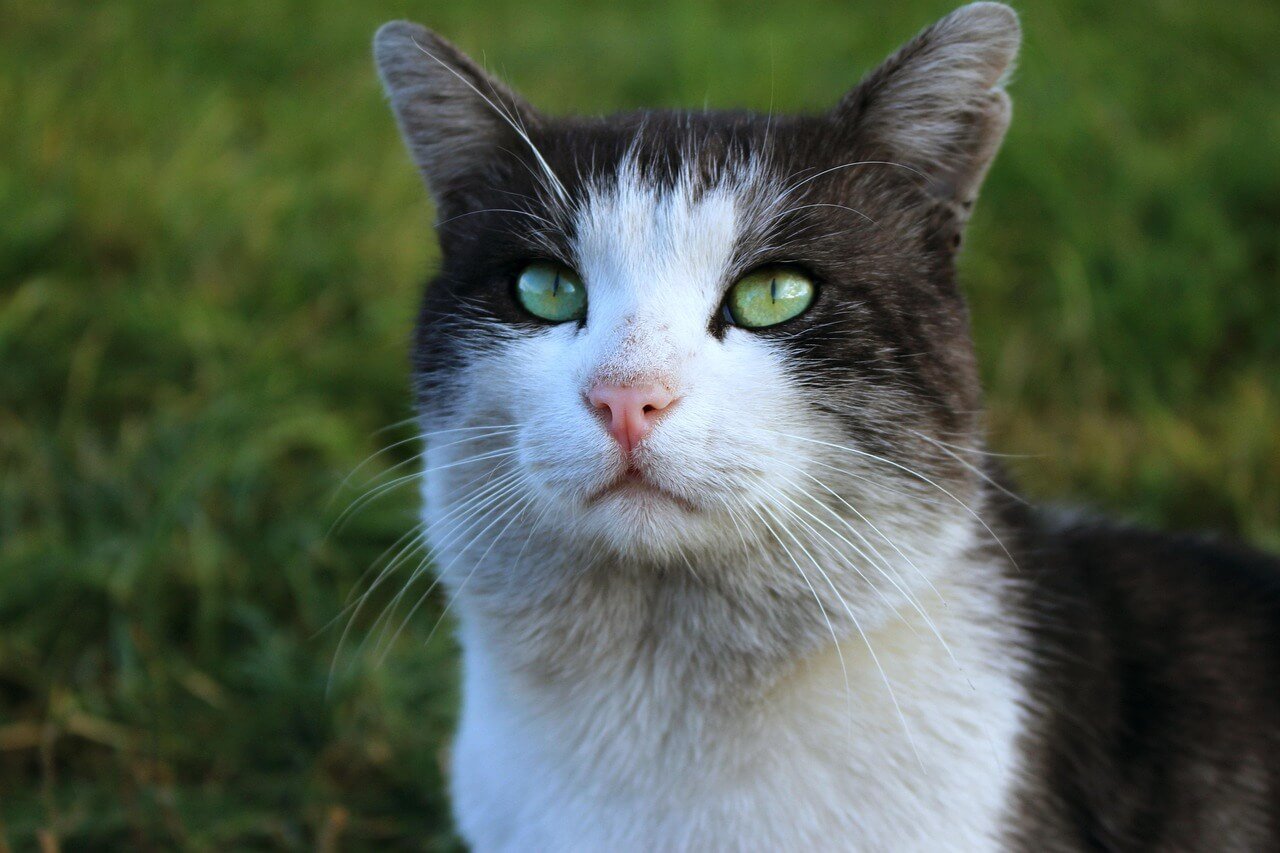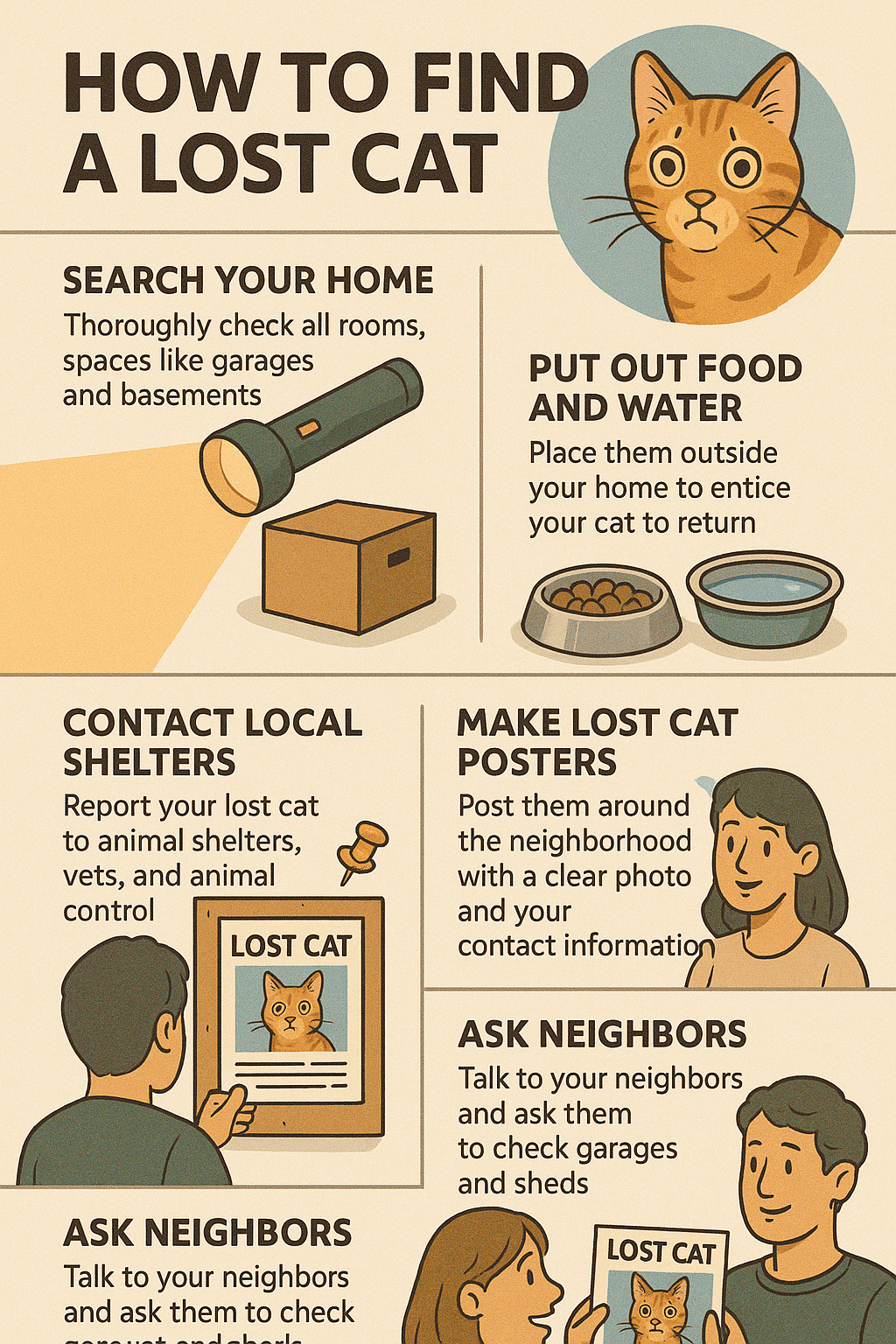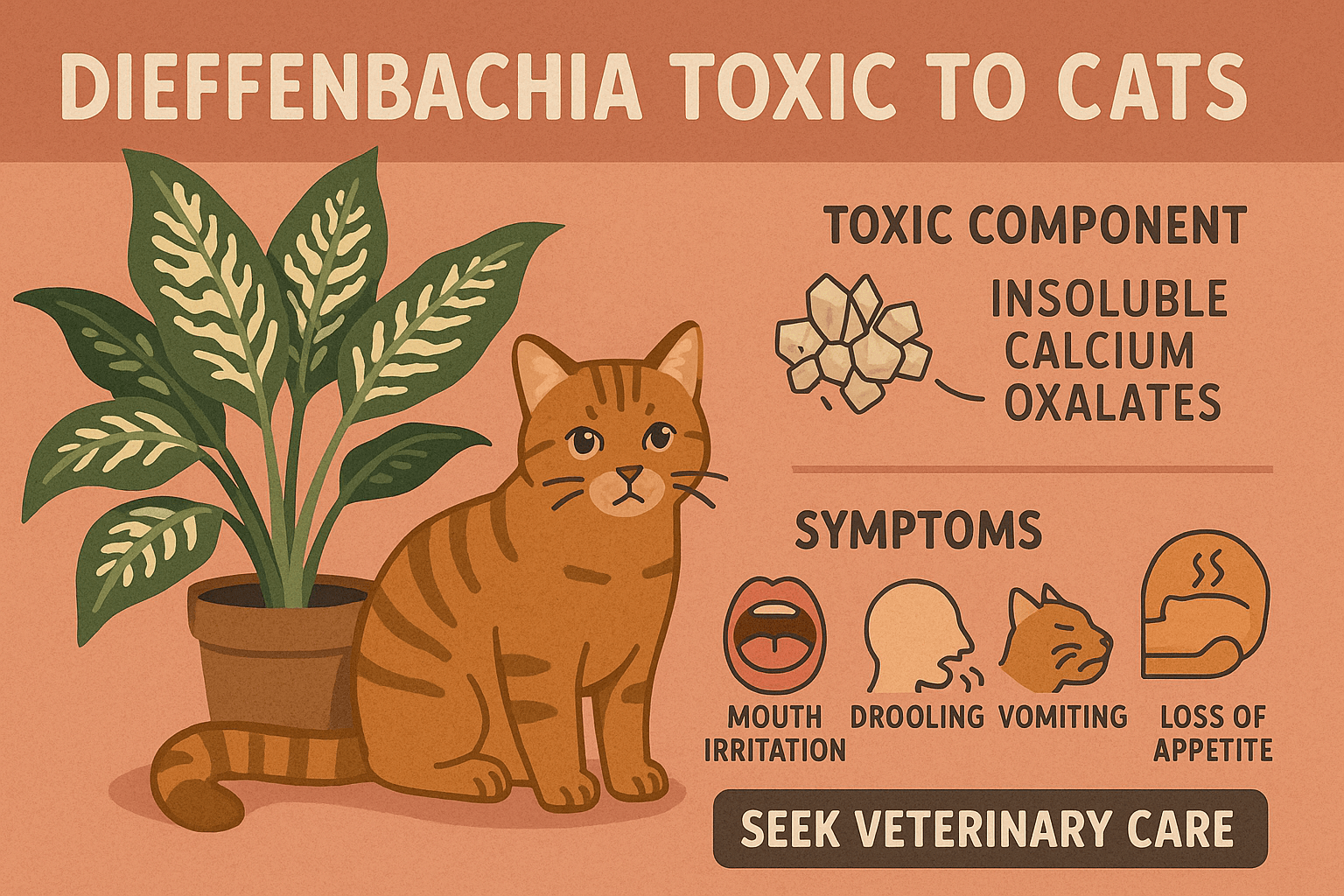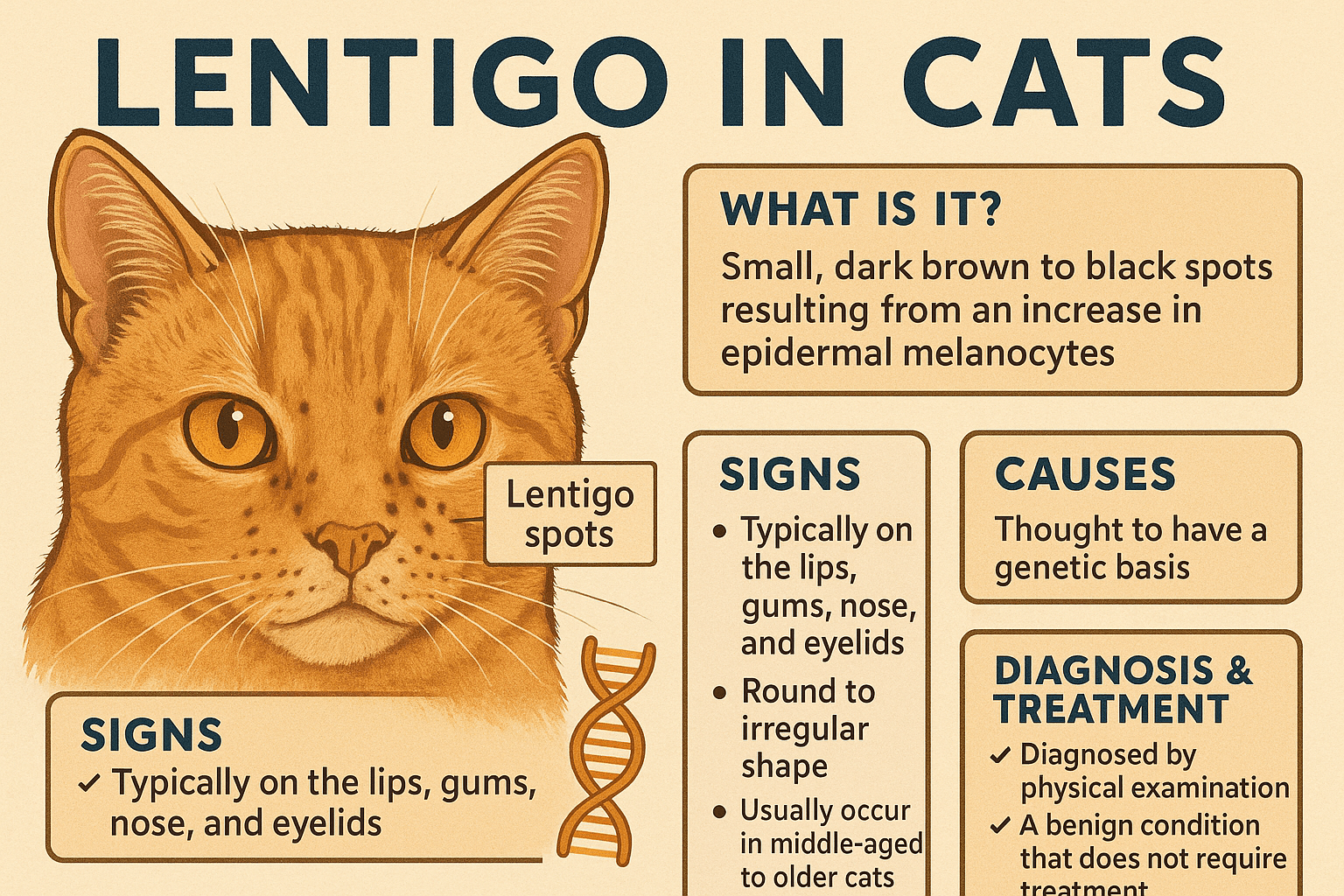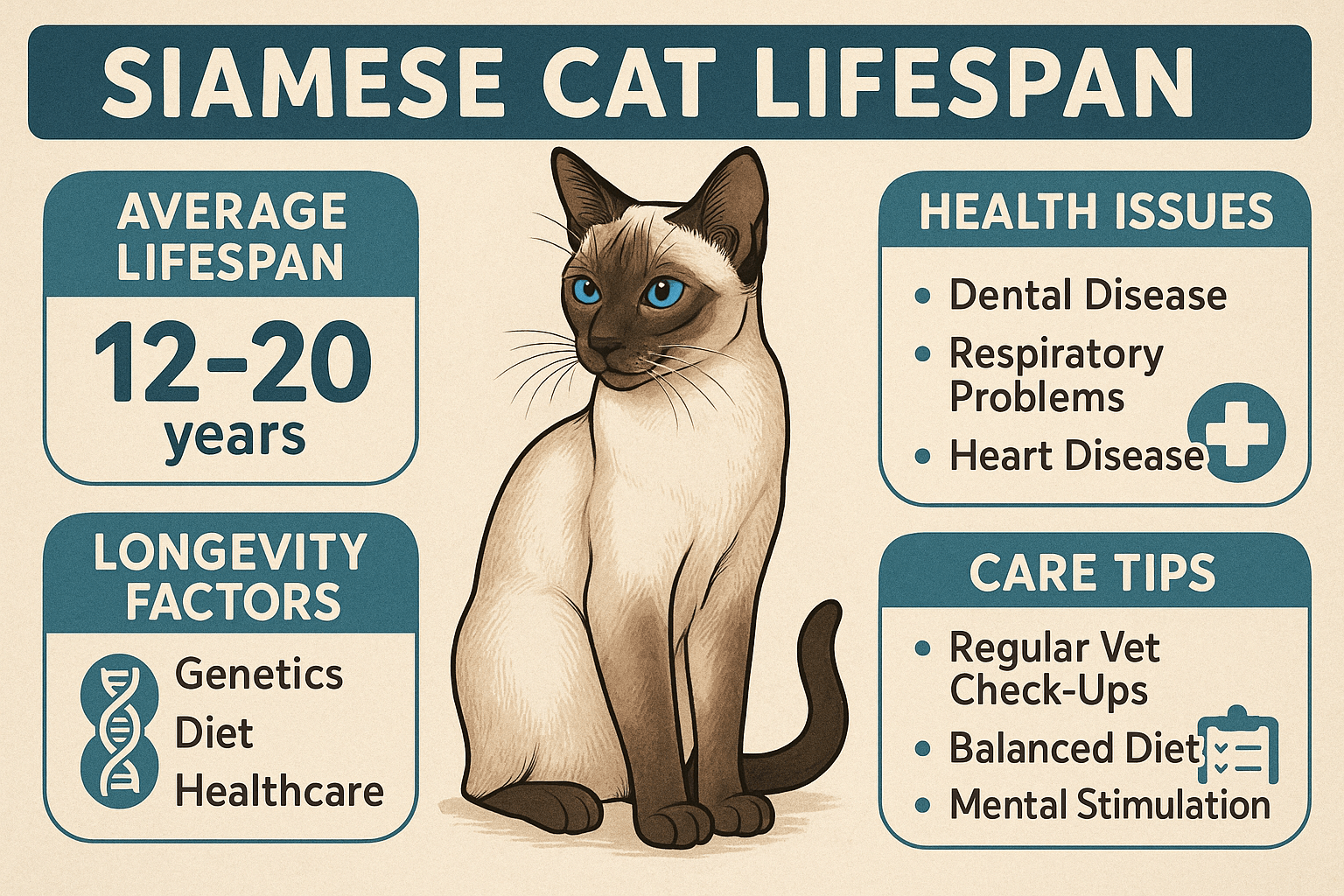Understanding Cat Behavior After Spaying
Spaying is a common and beneficial procedure for female cats, offering numerous health and behavioral advantages. However, many cat owners wonder how this surgery might affect their pet’s behavior. While spaying is primarily performed to prevent unwanted litters and reduce health risks, it can also lead to noticeable changes in your cat’s personality and habits. From reduced aggression to shifts in energy levels, understanding these changes can help you better support your feline friend during their recovery and beyond. In this blog post, we’ll explore what to expect in terms of cat behavior after spaying, tips for managing the transition, and how to ensure your cat remains happy and healthy.
Immediate Behavioral Changes After Spaying
In the days and weeks following spaying, your cat may exhibit some temporary behavioral changes as they recover from the surgery. These changes are often mild and short-lived but can vary depending on your cat’s personality. Here are some common behaviors to watch for:
Increased Sleepiness
After surgery, your cat may sleep more than usual as their body focuses on healing.Reduced Appetite
A temporary decrease in appetite is normal as your cat adjusts to anesthesia and medication.Lethargy or Sluggishness
Your cat might move less and seem less energetic while recovering.Avoidance of Activity
Jumping, running, or playing may be avoided to prevent discomfort around the incision site.Seeking Comfort
Your cat may seek out quiet, cozy spaces to rest and feel secure during recovery.
These behaviors are typically a sign that your cat is focusing on healing. With time, patience, and proper care, most cats return to their usual routines within a few weeks.
Long-Term Behavioral Benefits of Spaying
One of the most significant advantages of spaying is its positive impact on your cat’s long-term behavior. By removing reproductive hormones, spaying can reduce or eliminate certain undesirable behaviors. Here’s how spaying can improve your cat’s behavior over time:
Reduced Aggression
Spayed cats are often calmer and less likely to display territorial or aggressive behaviors.Decreased Roaming Tendencies
Without the urge to find mates, spayed cats are less likely to wander far from home.Less Vocalization
The frequent yowling associated with heat cycles is eliminated, leading to a quieter household.Improved Focus on Bonding
Spayed cats may become more affectionate and attentive toward their human companions.Lower Risk of Marking Territory
Spraying or marking behavior is significantly reduced in spayed cats, especially if done before sexual maturity.
These long-term benefits make spaying not only a responsible choice for population control but also a way to enhance your cat’s quality of life and strengthen your bond with them.
Check this guide 👉How to Pick Up a Cat After Spaying: Best 7 Expert Tips!
Check this guide 👉How Long to Keep a Cat Confined After Spay: Best 7 Tips!
Check this guide 👉Can a Spayed Cat Go Into Heat? Best 7 Health Tips!
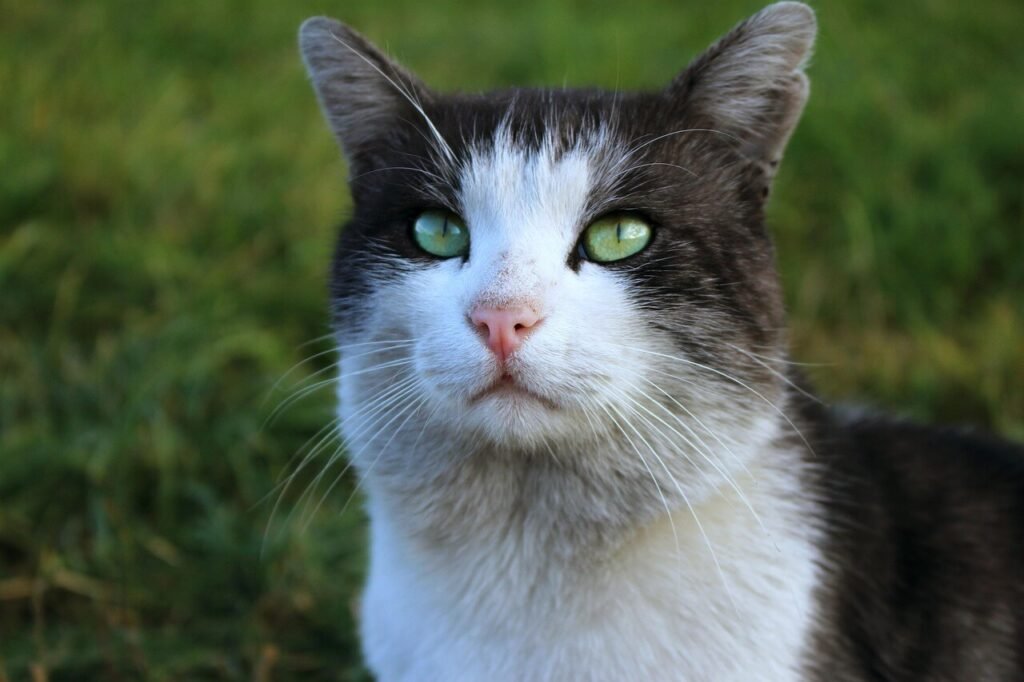
Short-Term Behavioral Changes | Long-Term Behavioral Benefits |
|---|---|
Increased sleepiness | Reduced aggression |
Temporary loss of appetite | Decreased roaming tendencies |
Lethargy or sluggishness | Less vocalization (no heat cycle noises) |
Avoidance of physical activity | Improved focus on bonding with humans |
Seeking comfort and quiet spaces | Lower risk of spraying or marking behavior |
Tips for Supporting Your Cat During Recovery
Helping your cat recover smoothly after spaying involves providing a safe and supportive environment. Here are some practical tips to ensure your cat feels comfortable and heals quickly:
Create a Quiet Space
Set up a calm, secluded area where your cat can rest without disturbances.Monitor the Incision Site
Check the surgical area daily for signs of infection, such as redness, swelling, or discharge.Prevent Licking or Chewing
Use an Elizabethan collar (e-collar) if necessary to stop your cat from irritating the incision.Limit Physical Activity
Discourage jumping, climbing, or strenuous play to allow the incision to heal properly.Offer Gentle Affection
Spend time with your cat, but avoid handling them too much near the incision site.
By following these tips, you can help your cat recover comfortably and reduce the risk of complications. A little extra care goes a long way in ensuring a smooth healing process.
Signs That Indicate Normal vs. Abnormal Behavior Post-Spaying
It’s important to distinguish between normal post-spaying behavior and signs that may indicate a problem. Knowing what to look for can help you address any issues promptly. Here’s a breakdown of what’s normal and what warrants concern:
Normal: Mild Discomfort
Some restlessness or sensitivity around the incision site is typical but should improve within a few days.Abnormal: Excessive Licking or Biting
If your cat obsessively licks or bites at the incision, it could lead to infection and requires intervention.Normal: Reduced Activity
Temporary lethargy is expected, but extreme weakness or inability to stand is not.Abnormal: Persistent Vomiting or Diarrhea
Digestive upset lasting more than 24 hours could signal a reaction to anesthesia or other complications.Normal: Gradual Return to Routine
Most cats regain their energy and resume normal activities within two weeks.
Understanding these distinctions helps you recognize when to seek veterinary advice. Trust your instincts—if something seems off, it’s always better to consult a professional.
Signs of a Happy and Healthy Cat Post-Spaying
After spaying, observing your cat’s behavior can provide valuable insights into their overall well-being. A happy and healthy cat will exhibit certain positive signs that indicate they are adjusting well to life after the procedure. Here are some key indicators:
Increased Playfulness
As your cat recovers, you may notice them engaging in playful behaviors, such as chasing toys or exploring their surroundings.Affectionate Behavior
Spayed cats often become more affectionate, seeking out cuddles or purring more frequently.Consistent Eating Habits
A healthy appetite is a good sign that your cat is feeling well and recovering properly.Regular Grooming
If your cat resumes grooming themselves regularly, it suggests they are comfortable and back to their normal routine.Calm Demeanor
A relaxed and content demeanor indicates that your cat feels safe and secure in their environment.
These signs reflect a smooth recovery and adjustment period. Celebrate these moments as they show your cat is thriving after spaying.
Potential Challenges During Recovery and How to Address Them
While most cats recover smoothly after spaying, some may face challenges during the healing process. Being prepared to address these issues can make recovery easier for both you and your cat. Here are common challenges and solutions:
Incision Site Irritation
Your cat may try to lick or chew at the incision, risking infection; use an e-collar to prevent access.Lethargy Beyond Normal Limits
If your cat remains excessively lethargic for more than a few days, consult your vet to rule out complications.Changes in Litter Box Habits
Some cats may avoid the litter box due to discomfort; switch to low-sided trays or softer litter temporarily.Weight Gain Concerns
To prevent weight gain, monitor portion sizes and encourage light play to maintain activity levels.Anxiety or Hiding
Provide extra reassurance and create a peaceful space to help your cat feel more secure.
Addressing these challenges promptly ensures a smoother recovery process. Remember, patience and attentiveness are key to overcoming any hurdles.
Fun Facts About Spayed Cats and Their Behavior
Spaying not only improves your cat’s health but also leads to fascinating behavioral changes. Learning about these transformations can deepen your appreciation for your spayed feline companion. Here are some intriguing facts:
Heat Cycles Stop Completely
Once spayed, female cats no longer experience heat cycles, eliminating yowling and restless behavior.Reduced Risk of Certain Behaviors
Spayed cats are less likely to engage in territorial spraying, which helps keep your home cleaner.Bonding Becomes Stronger
Without reproductive hormones, many spayed cats focus more on forming close bonds with their human family.Longer Lifespan
Spaying reduces the risk of reproductive cancers and infections, contributing to a longer, healthier life.Better Social Dynamics
In multi-cat households, spayed cats tend to get along better with others due to reduced hormonal aggression.
These fun facts highlight the profound impact spaying has on your cat’s life. It’s a simple procedure that brings immense benefits, enriching both your cat’s world and yours.
Frequently Asked Questions About Cat Behavior After Spaying
Will my cat’s personality change after spaying?
Most cats retain their core personality, though hormonal changes may make them calmer and less prone to certain behaviors like aggression or roaming.
How long does it take for a cat to recover fully after spaying?
Most cats recover physically within 10–14 days, though behavioral adjustments may continue over several weeks.
Why is my cat hiding more after being spayed?
Hiding is a natural response to feeling vulnerable during recovery; providing a safe space can help ease this behavior.
Can spaying make my cat gain weight?
Spaying itself doesn’t cause weight gain, but reduced activity and increased appetite may contribute if diet and exercise aren’t managed.
Should I worry if my cat isn’t eating after surgery?
A brief loss of appetite is normal, but if your cat refuses food for more than 24–48 hours, contact your vet immediately.
Embracing Positive Change After Spaying
Spaying is a transformative step that offers countless benefits for both your cat and your household. While the immediate post-surgery period may bring temporary changes in behavior, the long-term advantages—such as reduced aggression, quieter homes, and stronger bonds—are well worth it. By understanding what to expect and providing thoughtful care, you can ensure your cat transitions smoothly into their new chapter of life. Remember, every cat is unique, so observe your feline friend closely and celebrate their individual journey. With love, patience, and attention, your spayed cat will thrive, bringing joy and companionship for years to come.
How to Find a Lost Cat: Best 7 Expert Tips! Discover actionable strategies to locate your missing cat, understand their behavior, and prevent future escapes with expert advice.
Is Dieffenbachia Toxic to Cats? Best 7 Expert Tips! Discover the dangers of Dieffenbachia, symptoms of poisoning, and how to keep your cat safe with expert advice and preventive measures.
Lentigo in Cats: Best 7 Expert Tips! Discover expert advice on understanding, identifying, and managing lentigo in cats to ensure your feline's health and happiness.
Siamese Cat Lifespan: Best 7 Expert Tips! Discover how to maximize your Siamese cat’s longevity with expert advice on health, care, and lifestyle for a happy, thriving feline companion.

